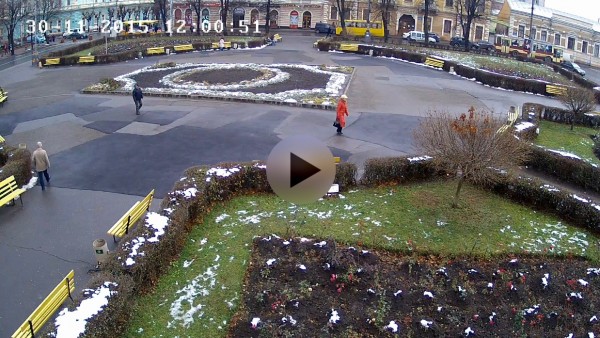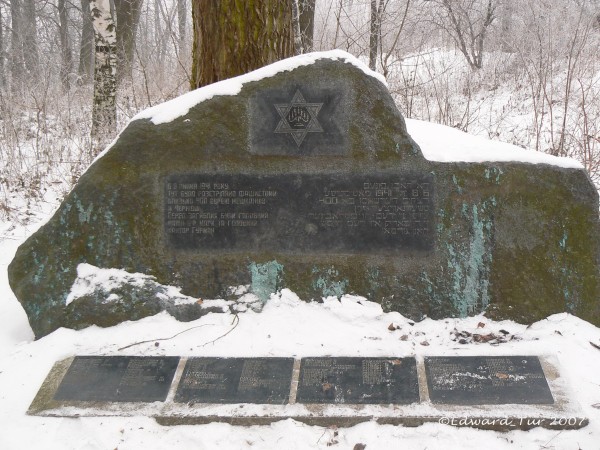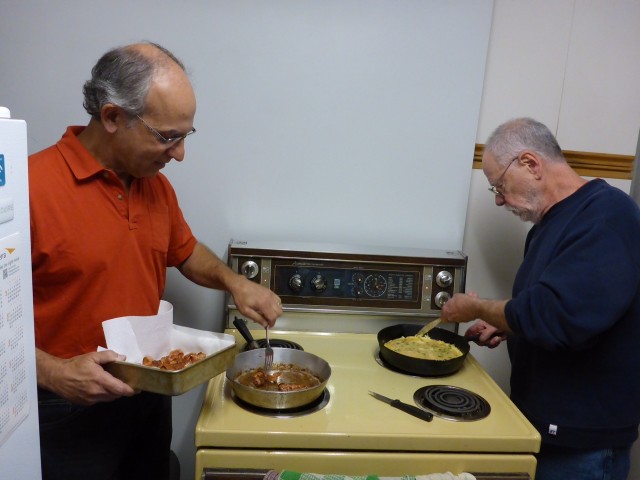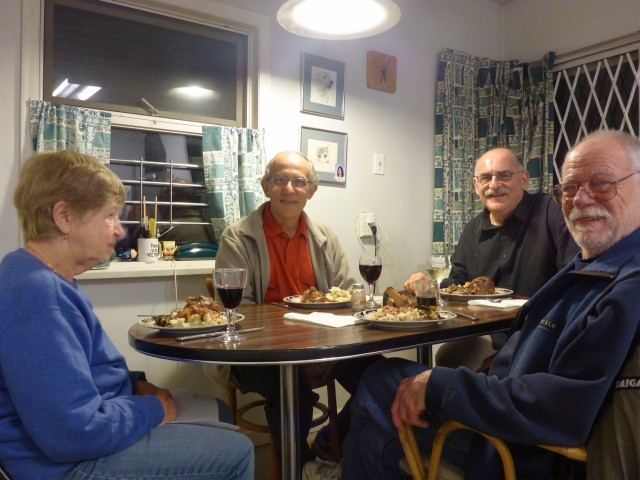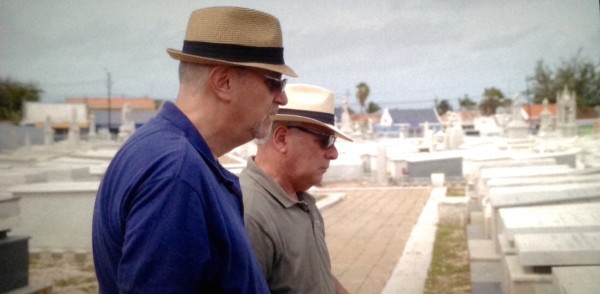Thank you Irene Fishler for supplying a Hebrew language brochure (below) describing the conference coming up on March 15, 2016. The organizer’s contact information may be found a the bottom of this page:
Dr. Ronit Fischer
Center for Jewish History
We are honored to invite you to a convention entitled:
Society and History of Bukovina
The “Multi-Kulti” district of Rumania
on
March 15, 2016
Room 15, Meyersdorf building
Mount Scopus
Jerusalem
9:00-9:30 coming together and refreshments
9:30-10:00 greetings
- Professor Uzi Rebhun, Director of the Center for Research on Romanian Jewry
- Mrs. Andreea PăstârnacAmbasador of Rumania in Israel
- Professor Dror Wahrman, Dean of Humanities at the Hebrew University of Jerusalem
- Mr. Micha Harish, Chairman of the AMIR organization.
- Dr. Sa’ar Pauker, representative of the Pauker family.
10:00-11:15 First Session
Bukovina as a Symbol for Multi-Culturalism
Chairman: Professor Daniel Blattman Hebrew University
- The Jews of Bukovina as a symbol for Romanian heterogeneity in the inter-war period
Dr. Ronit Fischer, Hebrew and Haifa Universities. - To describe and imagine Czernowitz – Professor Ya’avetz and his town.
Dr. Rafael Vago, Tel Aviv University - Back to Czernowitz, a paradox of memory and nostalgia – a historic-anthropologic approach.
Dr. Florence Heyman, The French Research Center in Jerusalem. (CNRS-NAE).
11:45 – 13:30 Second Session
A Small District – Many Worlds of Multi-Cultural Creativity
Chairman: Dr. Amos Goldberg Hebrew University
- What happens to the multicultural character of Bukovina after the holocaust? Paul Celan Dan Pagis, and Aharon Appelfeld. Sidra de Koven-Ezrahi, The Hebrew University.
- The Jewish theater of Czernowitz during the transition between Romania and the Soviet Union.
Ms. Dafne Dolinko The Hebrew University and Yad Va’Shem. - “My Bukowiner”. The writer Nava Semel returns to the lives of her grand parents and to the place where her family originated.
Organizer: Dr. Ronit Fischer








